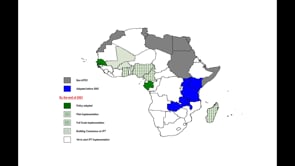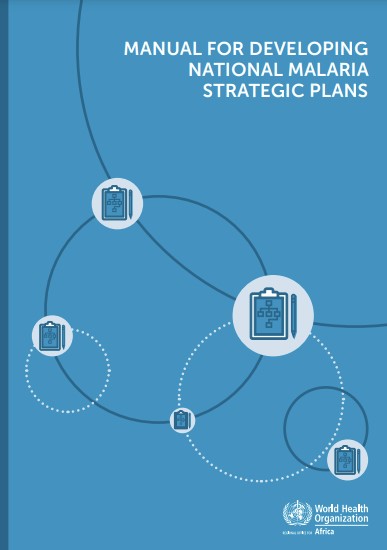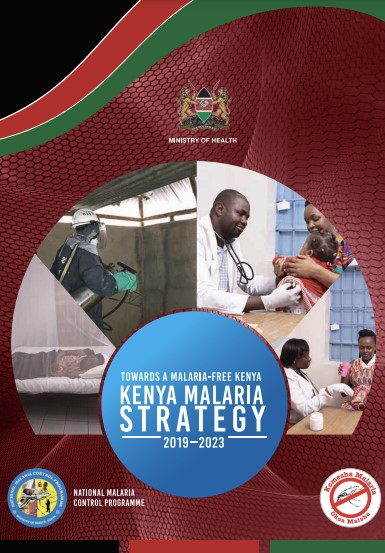Last Updated: 27/03/2023
Mapping malaria incidence using health facility surveillance data in Uganda
Objectives
To leverage quality health facility surveillance data to generate high resolution, accurate risk maps of malaria incidence over time in Uganda, the country with the fifth largest malaria burden globally.
University of California San Francisco (UCSF), United States
In sub-Saharan Africa, malaria is a major cause of morbidity and mortality with an estimated 200 million cases and 405,000 deaths in 2017. Effective surveillance of malaria cases is essential for tracking disease burden, allowing for targeted interventions, and evaluating the effect of control efforts. The current method for conducting malaria surveillance is through the health management information system (HMIS), which relies on accurate diagnosis and reporting of cases. Unfortunately, neither are performed consistently, often compromising the quality of these data. Furthermore, even in the presence of high quality HMIS data, quantifying an accurate denominator for malaria incidence rates is ambiguous because catchment areas around health facilities are not well defined. Without measures of malaria incidence over time, high transmission regions cannot accurately measure malaria morbidity and therefore are unable to effectively target high risk groups and track progress toward goals.
Since 2006, high quality individual-level patient data has been collected in 34 sentinel health facilities across Uganda as part of the Uganda Malaria Surveillance Project, with nearly 100% laboratory testing of all individuals suspected of having malaria and information on patient geographic residence. The study will define catchment areas around health facilities to generate a population denominator for incidence rates around these sentinel sites (Aim 1) and identify environmental, demographic, and intervention predictors of malaria incidence around the 34 sites over time (Aim 2). This information will be used to build a statistical model to predict incidence and generate monthly maps of malaria risk in all 60,791 villages across Uganda (Aim 3). The proposed work will provide valuable insights on the burden of malaria in Uganda, allowing for long-term evaluation of recent control interventions including mass distributions of insecticide-treated mosquito nets and indoor residual spraying of insecticides. Knowledge gained from this research will directly advance the NIAID’s mission of reducing malaria morbidity and mortality with the ultimate goal of eradication. The proposed training, guided by an excellent mentorship team, will enhance the applicant’s epidemiologic and statistical methods, research competency, and content expertise needed for her career as a future independent academic researcher. In particular, the applicant will gain necessary skills in geospatial analyses, infectious disease epidemiologic methods, and communication of findings to improve both scientific knowledge and public health practice.
Jun 2020 — Oct 2021
$59,178


